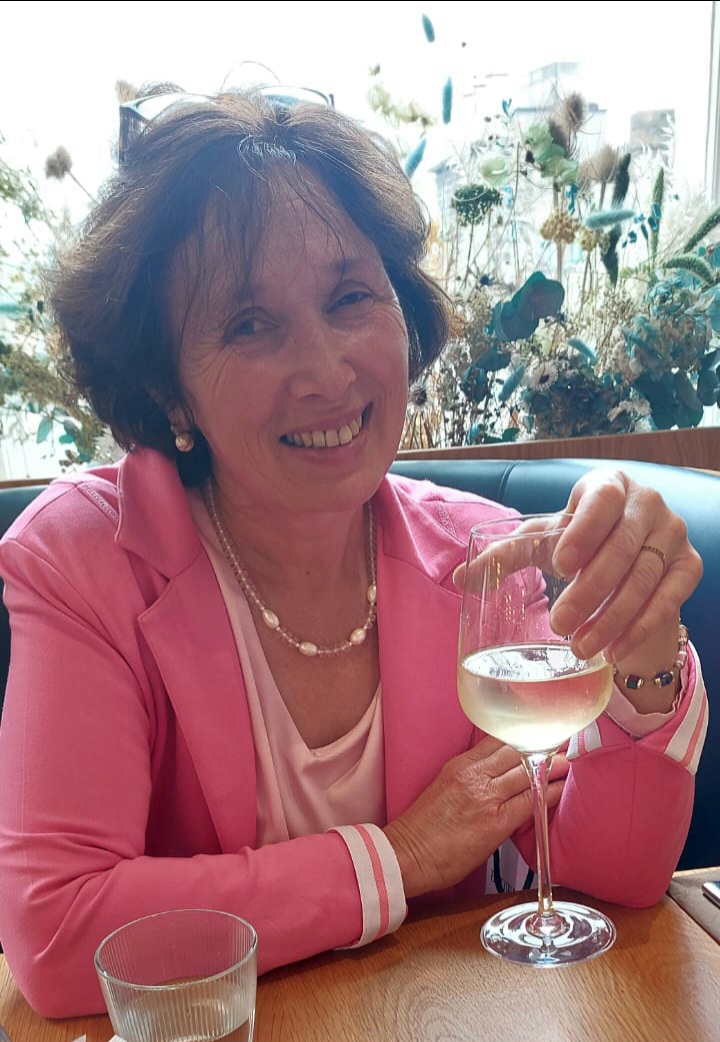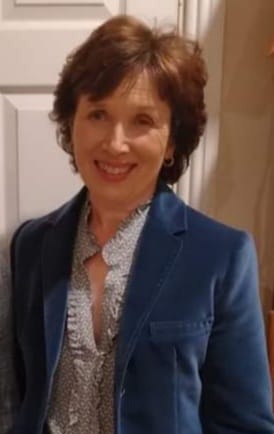
(Front L-R) Denis Dugggan, HSI, Liz Hughes & Sharon Fitzpatrick, IBC, Cousins of Barnadown. (Back L-R) Kevin Gallagher runner up, Leah Sack winner & Kilkenny's Vincent Byrne 3rd place - 5/6 yo IBC '22
This week three formidable Kilkenny ladies, Liz Hughes, Sharon Fitzpatrick, and Fiona Deegan will host the most elite young horse jumping event in the Irish calendar – the Irish Breeders Classic. Both Sharon and Liz are directors of the Irish Breeders Classic and they formed a committee with Fiona Deegan.
Now in its 12th year this important showjumping event has the largest young horse prize fund in the world with over €100,000 on offer.
I had the pleasure of catching up with Liz Hughes for this week’s column to see what all the hype is about ahead of 2023’s Irish Breeders Classic. We also took a trip down memory lane about how impactful Kilkenny’s history has been on some of the best sport horses bred in the world. Some coming from her family farm in Wallslough - today we know it as Wallslough Holiday Village for the thatched self-catering cottages, fishing, and holiday activities. However, the Wallslough Village of yesteryear was a thriving horse farm that stud some of the top sport horses in the country.

Liz Hughes, Irish Breeders Classic
Liz and her six siblings had an idyllic childhood on the father’s home farm in Wallalough. So much that five of the siblings have returned to live there, carrying on the Hughes traditions for another generation. Here is a glimpse into Liz’s world…
Liz, horses are in the blood and there’s been so many iconic stories about horses that were bred in Wallslough.
Horses have always been in Wallslough. It was probably one of the oldest horse farms in Kilkenny. My father was more of a machinery man, but my uncle John Jay Hughes was a great breeder and producer of the Irish horse.
One of the best stallions in Europe was resident on this farm. His name was Water Serpent, and he is buried behind my house. He was a thoroughbred racehorse and had the same breeding line as Northern Dancer who was one of the most successful stallions of the 20th century.
Water Serpent used to race in England but as a two-year-old he got injured and was shipped over to the Curragh in Kildare. Word came to my uncle from Colonel Parkinson that this very well-bred horse was in the Curragh.
So, my uncle cycled into Kilkenny train station and put the bicycle on the train to Kildare. He then got off at Kildare station, cycled across the Curragh and bought Water Serpent for 200 pounds, which was a lot of money in 1943.
That horse stud in Wallslough until he was 25 years old. He was the backbone of a lot of the great Irish horses back in the day.
My father remembers draught mares arriving at the yard to this fine black stallion. The carts were taken off the backs of the draught mares, covered by Water Serpent and off they went about their business, doing the work of draught horses. Some of his offspring went on to jump the Olympics and world championships.
The Rock pub in Kilkenny is called after two of his offspring – the Rock and Rockette who won the Aga Khan Nations Cup.
Your grandmother Anna Hughes was quite ahead of her times.
All the Hughes that are great horse people in Kilkenny came out of the Hughes of Kilmanahan, Dungarvan, County Kilkenny. There were five girls and 12 boys in the family.
My grandmother was very formidable, she educated all her girls - one was a doctor, one was an eye surgeon, and one ended up as the matron in Temple Street Hospital.
My grandmother bought another farm near Graiguenamanagh, so she sent all her children to school there. After that the girls all went to boarding school in the Loreto in Arklow or Stephen’s Green and the boys farmed.

Liz Hughes from Wallslough
Your life with horses has taken you around the world. You were even one of the first female stud managers at Coolmore.
When I left school I worked for Tommy Stack, Castle Stud for one summer holiday and I ended up staying for four and a half years!
Then at the age of 20 I became one of the managers of a stud in Longfield, outside Cashel, County Tipperary, which was all owned by Coolmore. I lived on one of the farms and managed two farms of thoroughbreds and cattle. It wasn’t a very big farm, so I was grand!
I decided then that I needed a break, so I went on to do a stud session in Coolmore. My favourite part of the job was getting the mares, foals, and yearlings ready for the sales in Goffs of Newmarket.
On our stud farm, we had the first Shergar foal to be sold, after Shergar disappeared. Of course, it was all in the news at the time. That foal went on to make a record price of 320,000 guineas.
At the age of 21 I was offered a job in Coolmore's Ashford Stud in Kentucky. Coolmore had organised my visa and flights, but my mother thought it was too far, so I didn't go. The funny thing was that I ended up working on another stud farm down in New Zealand! That was my time in the thoroughbred side of the business.
Fast forward a few years and I spent five years in Idaho, USA married with four children. When I eventually moved back to Wallslough, my brothers and I built Wallslough Village and a purpose-built equestrian Centre where we ran horse shows for 15 years.
Today you are involved in the Irish Breeders Classic. What is the Classic about?
My late grandfather John Hughes, my uncle John K. Hughes and my aunt Jenny Hughes were very much into the Irish bred horse, so it’s an honour to be part of the Irish Breeders Classic.
The Irish Sport Horse is a relatively new breed. It was formally created in the 1920s, after generations of crossing the thoroughbred racehorse with the Irish draught horse. This breed excels in competition and is often found in jumping and eventing shows, and dressage.
The Irish Breeders Classic holds the richest show jumping young horse class in the world. The show was founded in 2012 by Ronan Rothwell and we took over in 2019.
Ronan’s primary aim was to showcase young horses in Ireland in a competition with as much prize fund as possible. He established an event which boosted demand for horses bred by Irish breeders and attracted new investors to the sport.
The result is a competition which has gained international recognition, with many past winners going on to have top international careers.
What can we expect to see over the four days?
The event is held in Barnadown, Gorey, County Wexford from August 31 to September 3. There are six competitions – the Irish 4-year-old Championship, 5 & 6-year-old Irish Breeders Classic, 5 & 6-year-old non-Irish Breeders Classic and the 7 & 8-year-old Irish Championship. On Sunday we will have a super day with the last two competitions – the PlusVital Grand Prix and the 1.40m National Grand Prix.
Kilkenny’s Goresbridge Horse Sale is an exciting partner to the Irish Breeders Classic competitions. They hold a foal auction every year – the Goresbridge Sale’s Supreme Sale of Showjumpers. In recent times new highs have been achieved with an average sale price of €11,500, a sale of €18,000 in 2018 and the highest sale to date was €26,000 for a colt in 2022.
From the proceeds of the foal sale 2% of the turnover goes back into the Classic prize fund giving owners the opportunity to purchase a future champion.
Why is there a non-Irish Breeders Classic competition?
We included a class for non-Irish three years ago to provide competition for these horses in a competitive event and it has gained a lot of interest over the years.
How many Kilkenny riders and breeders will be represented at the Irish Breeders Classic?
Kilkenny competitors will be well represented at this event. A number of yards compete successfully at this show, and many have gone on to win it over the years.
Subscribe or register today to discover more from DonegalLive.ie
Buy the e-paper of the Donegal Democrat, Donegal People's Press, Donegal Post and Inish Times here for instant access to Donegal's premier news titles.
Keep up with the latest news from Donegal with our daily newsletter featuring the most important stories of the day delivered to your inbox every evening at 5pm.